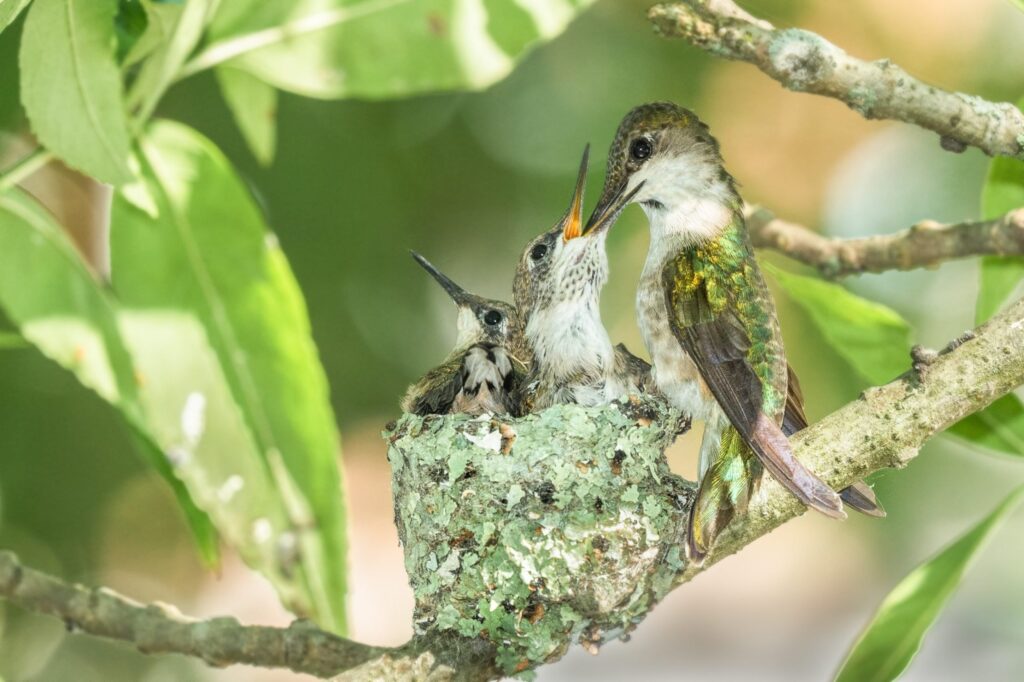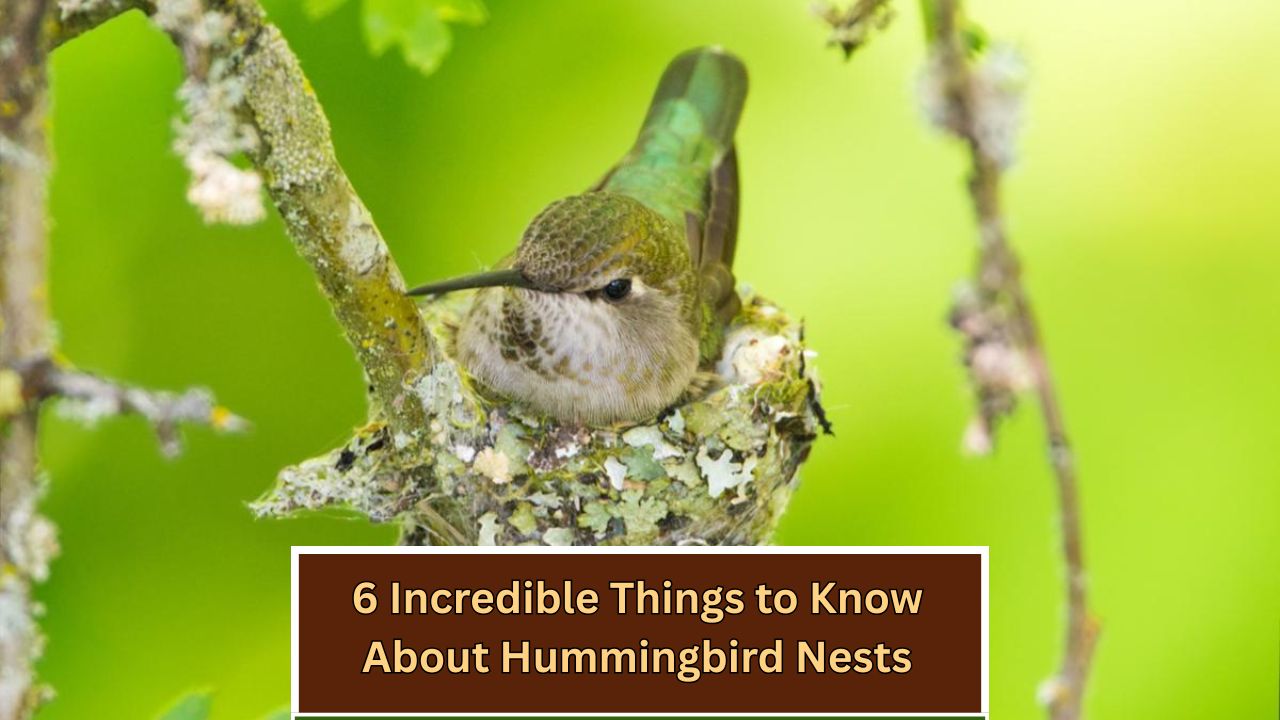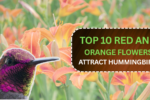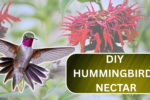Every bird’s nest showcases nature’s incredible craftsmanship, but hummingbird nests feel especially enchanting. These tiny creatures live only in the Americas, with most of the 330 known species staying in Central and South America.
Around two dozen species migrate to North America, typically arriving in early spring and heading south again by early fall. Common North American visitors include Anna’s, Costa’s, Allen’s, ruby-throated, rufous, and black-chinned hummingbirds.
Of these, only the ruby-throated hummingbird regularly appears in the eastern United States. The others mostly stick to the West Coast, especially Southern California and Arizona.
If you’re in a region where hummingbirds breed—usually mid-spring through summer—you might catch sight of one tending to her eggs or chicks. Here’s what makes their tiny nests so amazing.
1. Nests Show Up in Surprising Places
Though specifics differ by species, female hummingbirds usually build their nests in trees or thick shrubs that offer cover from predators and harsh weather. You’ll often find their nests 5 to 10 feet above the ground—but sometimes as high as 90 feet—snug in the fork of a branch.
Still, these birds sometimes pick the oddest spots for nesting. Some quirky choices include:
- A hanging flower basket or its chain
- A clothesline, string of lights, or electrical wire
- A porch light or security camera
- A fire sprinkler, outdoor light fixture, or slim pipe
- A tennis net, basketball net, or trampoline net
- A yard decoration, fountain, or garden statue
One place you won’t find them nesting? Inside a birdhouse. Unlike many backyard birds, hummingbirds ignore nesting boxes.
If you spot a tiny nest tucked into your yard, resist the urge to get close or touch it. Female hummingbirds spook easily and may abandon the nest—or their babies—if they feel threatened. Use binoculars or your camera zoom for a better view instead.
2. Their Nests Are Shockingly Small
While some birds create massive homes—like bald eagles with nests 5 feet wide and 4 feet deep—hummingbirds go the opposite direction. Their nests are typically only 1.5 inches across, about the size of a ping-pong ball.
Most hummingbird nests have a cup shape, tightly woven and flexible enough to hold their tiny chicks securely. Not all birds build with such care; for instance, mourning doves often make flimsy nests that sometimes let their eggs fall right through.
3. They Use Some Pretty Unusual Materials
Each bird species favors specific building materials, and hummingbirds lean toward the lightest. Because of their small size, they opt for items that are soft, stretchable, and easy to carry. Their nests are cozy sanctuaries—unlike the stiff, twiggy structures built by many other birds.
Common nesting materials include:
- Tiny bark fragments
- Fuzzy leaves
- Fluff from seed pods
- Moss and lichens
- Feathery ornamental grasses
- Cotton fibers
- Feathers
- Spider silk
Spider webs are especially handy—they help hold the nest together while allowing it to stretch as the babies grow.
4. Females Handle It All
Some birds, like bald eagles or whooping cranes, form lifelong bonds and share parenting duties. Many more partner up for just one brood or a single breeding season.

But male hummingbirds take a different route. After dazzling females with high-speed dives and flight displays, they vanish. They don’t help build the nest, incubate the eggs, or feed the chicks. The female handles everything on her own—and it’s common for males to mate with several females in a season.
5. The Babies Grow Up Fast
Most baby birds don’t spend long with their parents, and hummingbirds are no different. After mating, the female builds the nest and lays two jellybean-sized eggs. She incubates them for about two weeks, leaving only briefly to feed.
Once the eggs hatch, the mother feeds her chicks a mix of nectar, insects, and pollen—regurgitated straight into their mouths. She can’t stray far, though; newborn chicks can’t regulate their own temperature and rely on their mother for warmth.
By the end of the first week, the chicks begin growing feathers. In just about three weeks, they leave the nest and start life on their own. Depending on conditions, the female might raise another brood in the same season.
6. You Can Attract Them to Nest in Your Yard
Because their nests are so tiny and well-hidden, they’re tough to spot. Still, you can increase your chances of hosting a hummingbird family by making your yard inviting.
Start with food—sugary nectar is their favorite. Hang a hummingbird feeder filled with a mixture of one part white sugar to four parts water. Place it somewhere open and easy to see, but near trees or shrubs where birds can take cover.
Planting flowers they love helps, too. Bright, tubular blooms are especially appealing. Top picks include:
- Flowering tobacco
- Cardinal flower
- Bee balm
- Fuchsia
- Honeysuckle
With a little effort, you might just turn your garden into a hummingbird haven.
This article has been carefully fact-checked by our editorial team to ensure accuracy and eliminate any misleading information. We are committed to maintaining the highest standards of integrity in our content.

Outside of work, he enjoys playing chess, following cricket, and writing short stories. His commitment to integrity and in-depth analysis strengthens OTE News’ mission of providing trustworthy journalism.




